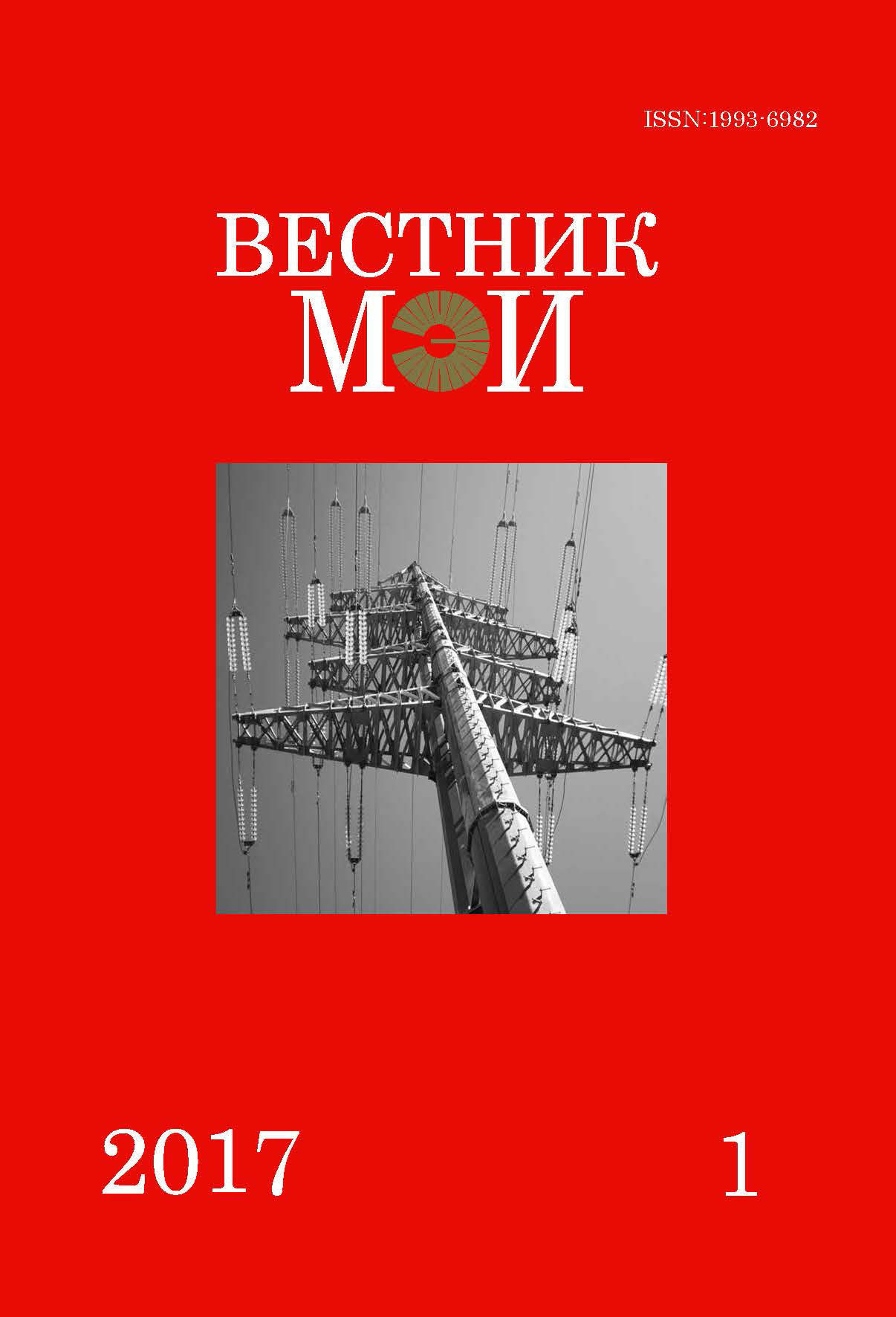Импульсный высоковольтный модулятор с частичным разрядом емкостного накопителя
DOI:
https://doi.org/10.24160/1993-6982-2017-1-50-57Ключевые слова:
импульсный модулятор с частичным разрядом емкостного накопителя, параллельная и последовательная схемы формирования импульсов, компьютерное моделирование электрических схем модуляторовАннотация
Для стационарных импульсных высоковольтных устройств, когда нет жестких требований по массогабаритным показателям, модулятор с частичным разрядом емкостного накопителя может быть конкурентоспособным модулятору с полным разрядом емкостного накопителя. Коммутатор должен быть «жестким» по управлению, иметь малое прямое падение напряжения на открытом приборе, термокатод, работающий в режиме пространственного заряда, должен обеспечивать заданную длительность импульса и частоту повторения. Использование в качестве «жесткого» коммутатора новых высоковольтных модуляторных ламп, электронно-лучевых вентилей с малыми потерями мощности на аноде и высокопервеансными электронно-оптическими системами, например типа ЭЛВ 50/100, позволяют создавать последовательные или параллельные схемы модуляторов мощностью более 1 МВт вполне конкурентоспособные схемам, созданным на основе соединенных последовательно большого количества сравнительно низковольтных полупроводниковых коммутаторов. Параметры импульсов, сформированных таким модулятором, при правильном расчете, согласно общеизвестным методикам, в широких пределах практически не зависят от изменения величины активного сопротивления нагрузки, а сами силовые схемы не боятся воздействия любого вида внешнего электромагнитного или рентгеновского излучения. Рассматриваются две основные схемы построения модуляторов: параллельная, формирующая импульс отрицательной полярности, и последовательная, формирующая импульсы как положительной, так и отрицательной полярности. Нагрузка модуляторов должна иметь активное сопротивление, не менее чем в 10 раз превышающее сопротивление анод-катод открытого коммутатора. Для возможности оперативного и наглядного определения предельных значений режимов работы коммутаторов, сопротивления нагрузки и оптимизации номиналов электротехнических элементов модулятора проводится компьютерное моделирование электрической схемы в программе EWB.
Библиографические ссылки
2. Щербаков А.В. Электронно-лучевые вентили для высоковольтных импульсных устройств // Электротехника. 2014. Т. 1. № 2. C. 38— 43.
3. Щербаков А.В., Трухачев И.М. Работа электронно-лучевого вентиля в сильноточных устройствах генерирования УВЧ-колебаний:материалы IX симпозиума «Электротехника 2030. Перспективные технологии электроэнергетики». Истра, 2007.
4. Переводчиков В.И., Щербаков А.В., Трухачев И.М. и др. Исследование путей создания преобразователя для энергетики на основе вакуумных ключевых электронных приборов // Электротехника. 2012. № 10. С. 18—24.
5. Информация АО ОКБ «Искра».
6. URL: http://elwo.ru/publ/spravochniki/moshhnye_importnye_polevye_tranzistory/2-1-0-586
7. Щербаков А.В. Система питания и возбуждения генератора УВЧ-излучения: Сб. науч. трудов Высоковольтная вакуумно-плазменная электроника / В.И. Переводчиков, ред. М.: ФГУП ВЭИ, 2008. С. 302—311.
8. Щербаков А.В. Перспективные источники знакопеременного и импульсного питания электрофильтра и реакторной камеры // Электро. 2006. № 5. С. 16—20.
9. Щербаков А.В. Высоковольтный источник знакопеременного питания со следящей системой управления // Электротехника. 2013. № 9. С. 2 — 9.
10. Щербаков А.В. Компьютерное моделирование силовых высоковольтных импульсных схем: Сб. докладов Симпозиума «Электротехника 2010», «Травэк». 2006. С. 2—9.




